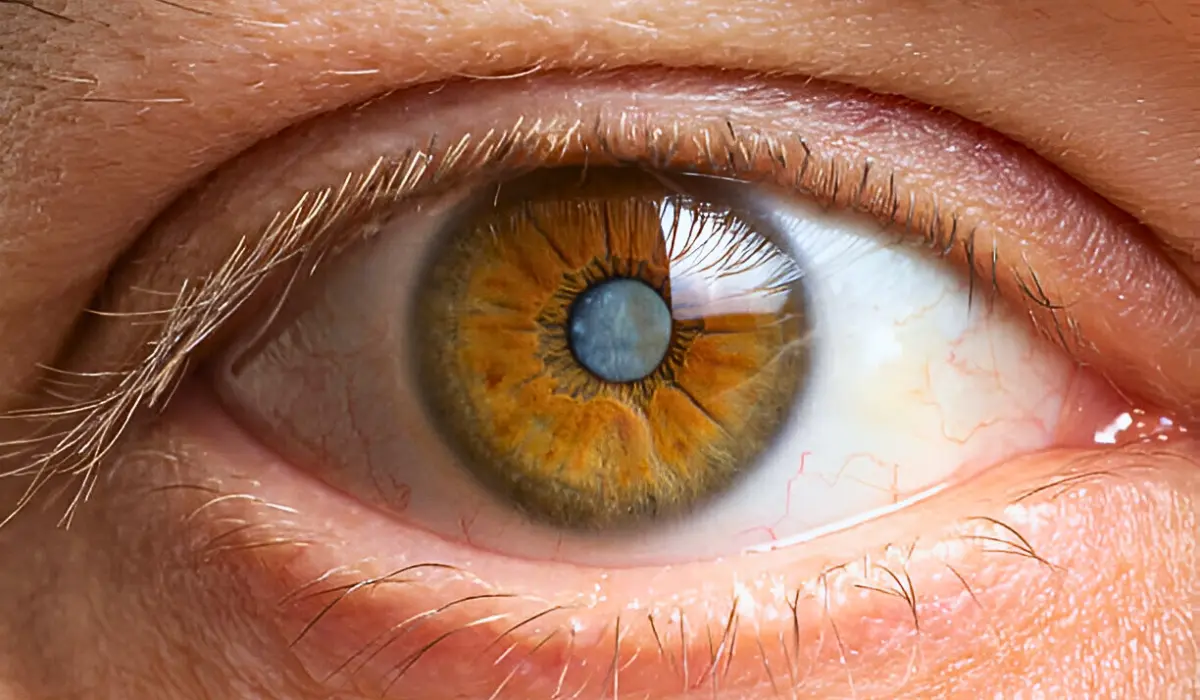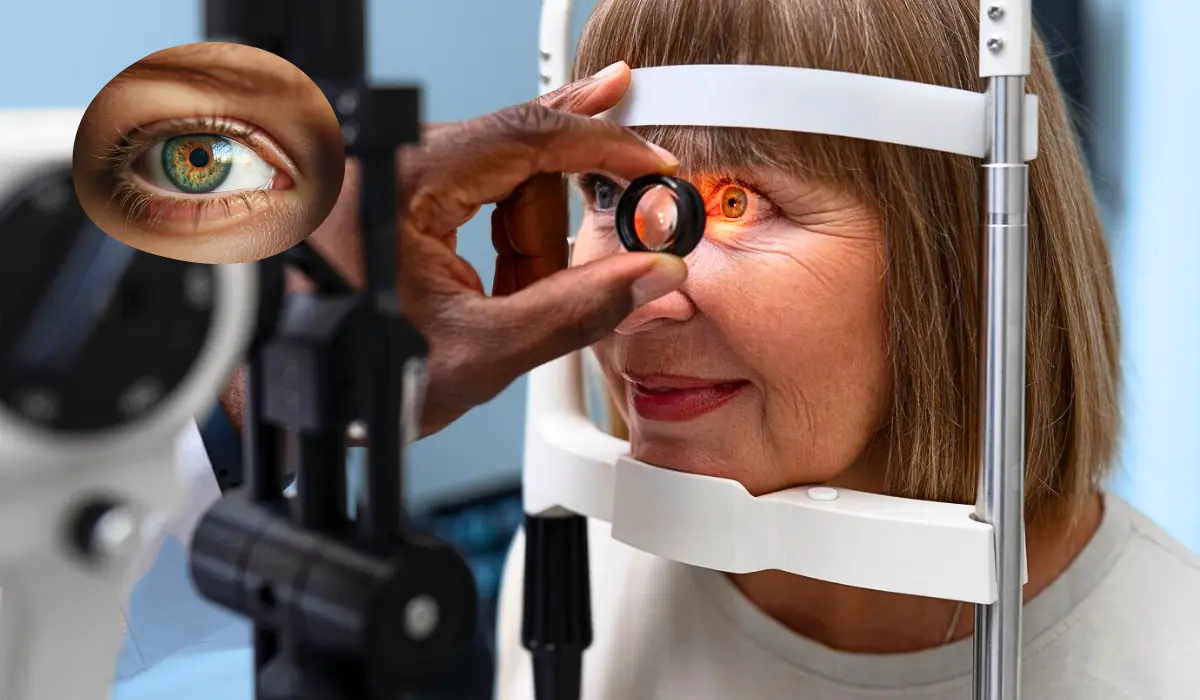Eye diseases can affect a person’s ability to see. There is a wide range of conditions that can affect vision. Some of the conditions are mild and can not lead to serious visual impairment. However, there are a few that can lead to blindness and other eye health issues. This is an essay that explores various aspects of the top worst eye diseases that can be prevented and treated with the right kind of care.
Top 5 Worst Eye Diseases
These eye diseases can impact one’s quality of life and overall well-being. These are some of the regenerative eye diseases that will badly affect eye functions. When it comes to the prevention of these ailments, recognizing the symptoms and early interventions can reduce the risk elements and prevent further damage.

1. Cataract
It is a common eye condition that will affect the eye’s lens. It is characterized by the clouding of the lens which will lead to blurred or dim vision. It develops slowly and the symptoms get worse as the person ages. Age, trauma, diabetes, hypertension, smoking, and other medications can lead to the development of cataracts.
Symptoms
Following are the common symptoms of cataracts
- Blurred or dim vision
- Difficulty seeing in low light
- Doble vision in one eye
- Difficulty in understanding the colors.
- Increased glare sensitivity
Some of these symptoms may not be a reason for cataracts. However, if any symptoms get worse seek medical help.
2. Glaucoma
Glaucoma can affect the optic nerve, cause severe damage to it, and result in blindness. The damage can be caused by the increased pressure in the eye known as IOP or intraocular pressure. It is one of the most common causes of blindness around the world. Based on the risk factors glaucoma has been categorized into various types. Genetics, thin corneas, increased pressure in the eyes, trauma, diabetes, and hypertension are some of the common causes of glaucoma.
Symptoms
Following are some of the common symptoms of this peculiar eye condition.
- Problems with vision
- Development of blind spots
- Seeing halos around lights
- Hazy and blurred vision
- Pain and discomfort in the eye
- Redness in the eye
- Changes in the quality of vision
3. Diabetic Retinopathy
People with diabetes have a high risk of diabetic retinopathy. It is a complication of diabetes that affects the blood vessels in the retina and light-sensitive tissue at the back of the eye. High blood sugar levels will damage the tiny blood vessels found in the retina which will eventually lead to loss of vision or blindness if left untreated.
There are two main stages of diabetic retinopathy.NPDR marks the initial stage of diabetic retinopathy, while PDR follows as the subsequent stage.
Symptoms
Individuals with diabetes should undergo frequent vision checkups to recognize the possibility of diabetic retinopathy. The major symptoms include:
- Distorted or blurred vision
- Seeing floaters
- Development of dark spots in the vision
- Inability to see smaller details.
4. Macular Degeneration
AMD or macular degeneration is a condition that can potentially impact the central part of the retina known as the macula. It is an age-related degenerative condition that may affect individuals over the age of 50.
There are two main types of macular degeneration they are known as, dry AMD and wet AMD. Both conditions can make significant changes in vision. Age, family history, smoking, obesity, poor heart health, and other underlying conditions are some of the risk factors of AMD.
Symptoms
It is important to note that everyone with AMD will not experience the following symptoms. Some common symptoms associated with macular degeneration are,
- Loss of central vision
- Difficulty seeing the fine details
- Dark or blind spots in central vision
- Inability to perceive colors
- Difficulty with lighting
- Visual hallucinations
5. Refractive Errors
The shape of your eye is the main culprit behind refractive errors. It is a common vision problem that occurs when the shape of the eye prevents light from falling through the retina to form vision. Myopia also known as nearsightedness, hyperopia or farsightedness, astigmatism, and age-related vision problems are common types of refractive errors. In most cases, the condition can be corrected with the help of corrective lenses, prescription eyeglasses, or surgery.
Symptoms
Mostly, refractive errors do not cause any clear symptoms. The following are some of the common symptoms of the condition.
- Blurred vision
- Difficulty in seeing near or far objects
- Strain in the eye
- Headaches
- Double vision
- Squinting
Conclusion
Some eye diseases will indeed affect the quality of an individual’s life. Regular vision examination, lifestyle changes, and adequate eye care can lower the risk of developing eye diseases. Some of the symptoms may not be the reason for any potential eye condition. However, consult your doctor when you experience prolonged vision problems.







